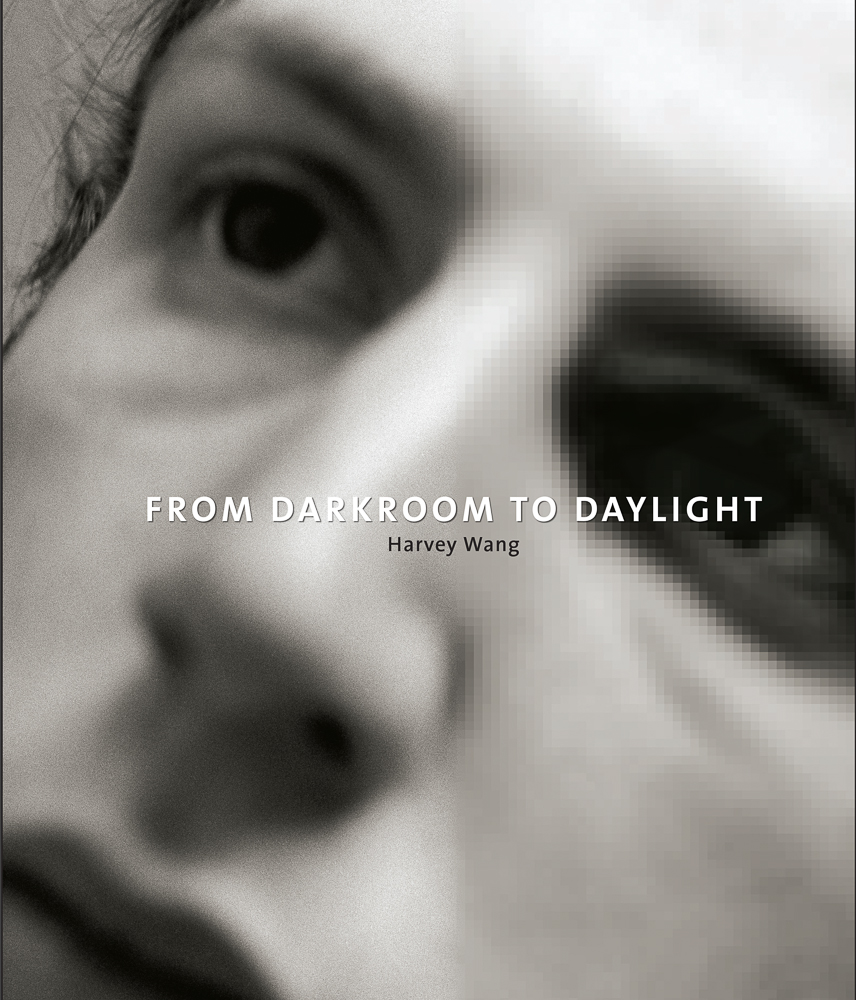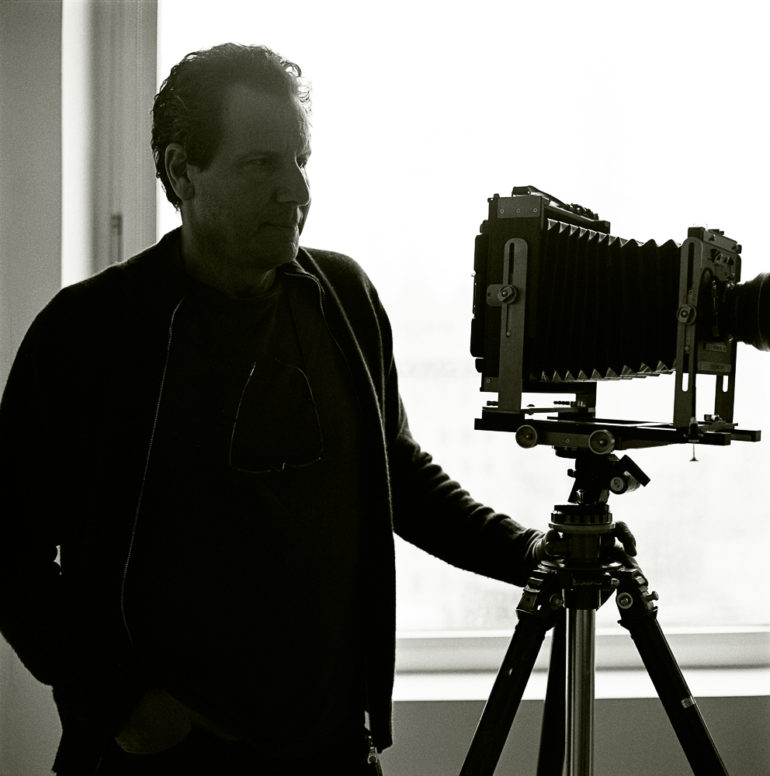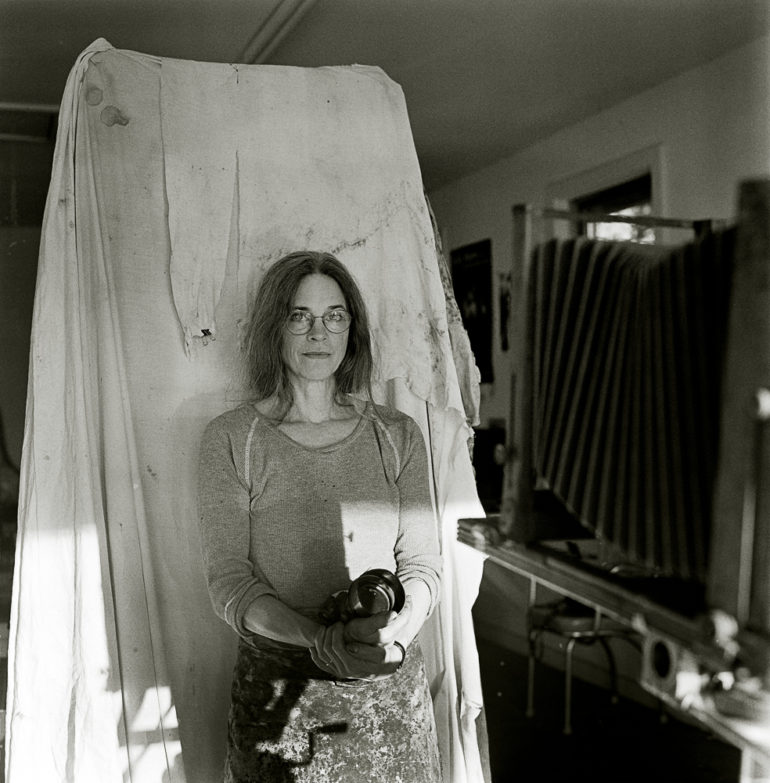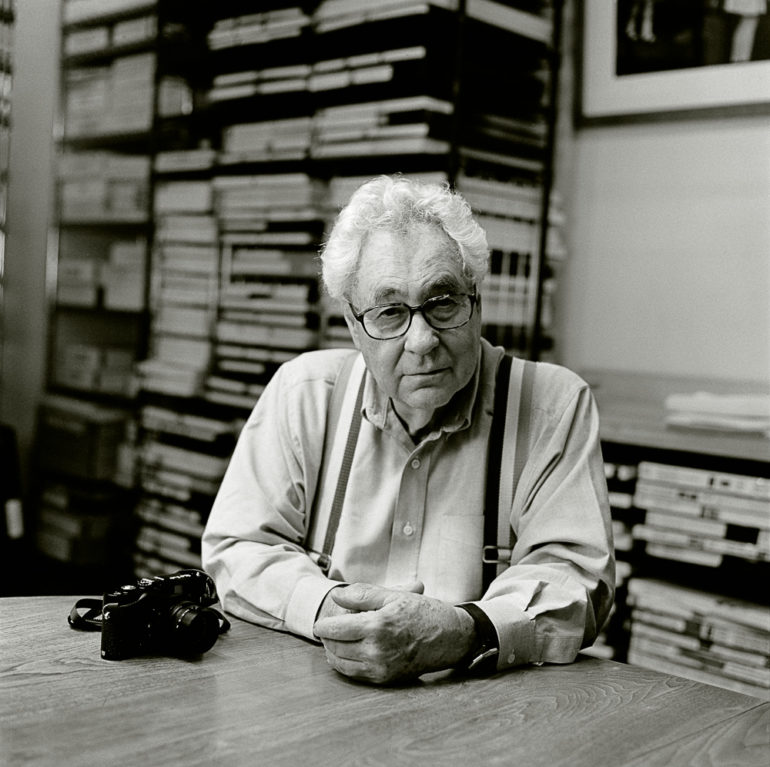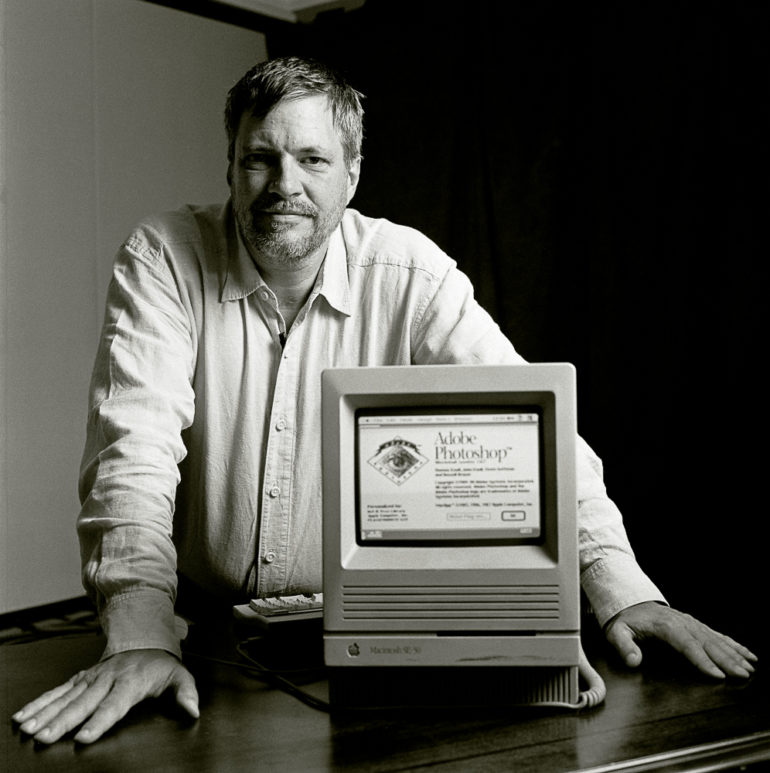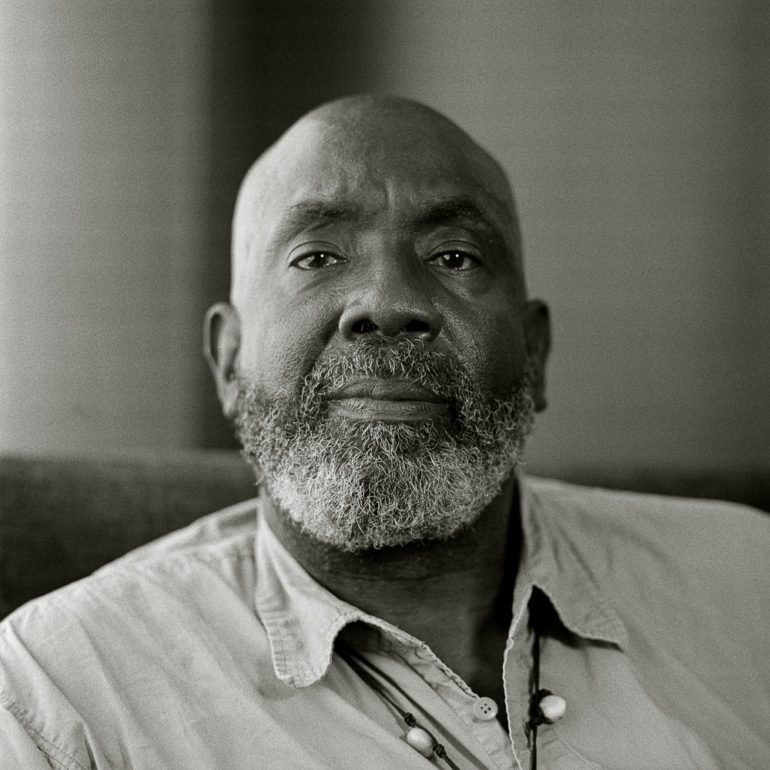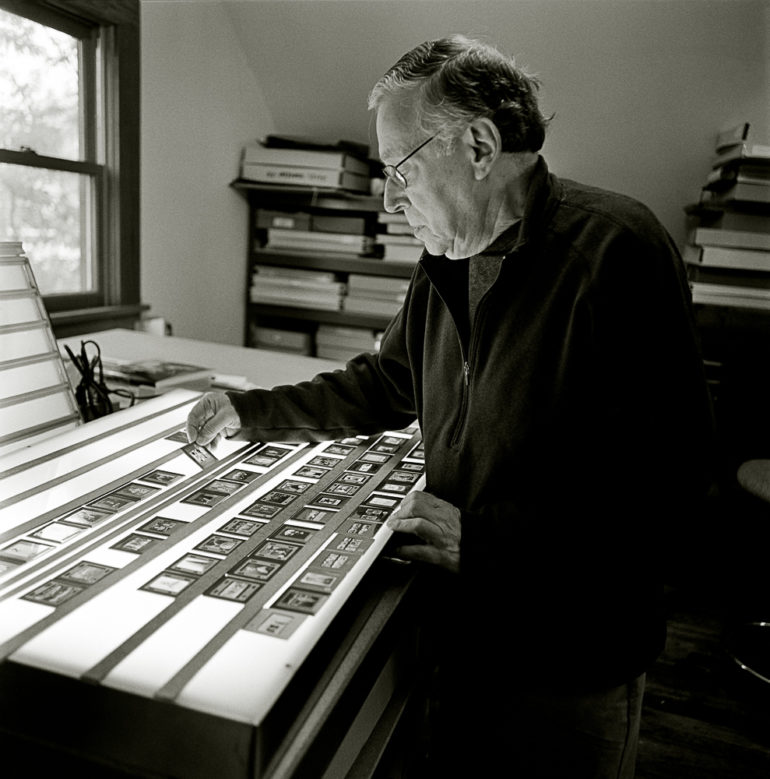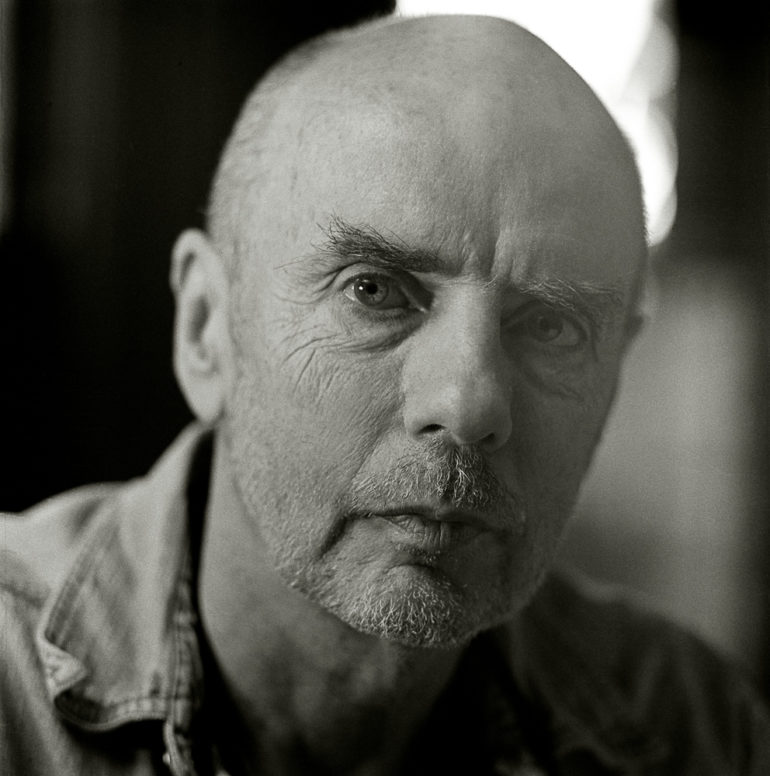Last Updated on 05/04/2017 by Chris Gampat
“All photographs ©Harvey Wang. Quotes from the book “From Darkroom to Daylight.” Used with permission.
Photographer Harvey Wang has what is promising to be a fantastic new book available for purchase on Amazon, it’s called from From Darkroom to Daylight. The book has also been made into a documentary which explores the insights of some fantastic photographers through interviews. From Darkroom to Daylight features interviews with many important photographers including David Goldblatt, Jerome Liebling, Sally Mann, Alex Webb, Elliot Erwitt, Gregory Crewdson, Eugene Richards and George Tice, as well as innovators Thomas Knoll, who co-created Photoshop, and Steven Sasson, who built the first digital camera while at Kodak.
After the jump, you can read words from Harvey on the concept behind the book/documentary and some very insightful quotes from the photographers.
Personally, I fell in love with photography as a teenager, and have been a photographer for close to 50 years. Originally, the camera was my excuse to be curious and to explore beyond my worlds. Some of the first things I was drawn to were images of old New York. Much of my subsequent work has been about change—the disappearance of trades, neighborhoods and ways of life. I’ve published six books of photography including Harvey Wang’s New York (1990) and, with co-author David Isay, Flophouse: Life on the Bowery (2000). As a photographer, I have lived through a transformation in my own profession that has affected me and many of my peers profoundly—the coming of the digital age which over the past 20 years has seen negative enlargers and chemical darkrooms substituted by computers and image-processing software. In 2000, I began to shoot digital, but discovered I was not entirely comfortable with these new methods of working. I wondered how other veteran photographers, who like me had spent most of their careers working with film were coping in this new photographic universe. The resulting book and film is a collection of personal narratives that is both a document of this critical moment and a unique history of photography. Each photographic luminary shares his or her perspective on the dramatic change in the practice of photography and how it has impacted on their work. In addition to interview excerpts from the 50 subjects, FROM DARKROOM TO DAYLIGHT features black and white portraits taken with my beloved Hasselblad 500C.
ADAM BARTOS
Photographer
Interviewed January 18, 2011 at his studio in New York City
Exploring the world used to be such a big part of what I did as a photographer. Now, everyone can see a street corner in say, Lima, Peru, on Google Earth. You know precisely where it is, and you could decide to go exactly there and photograph if you wanted to. I suppose you just have to more deeply follow your own connection with the subject…and that’s how it’s always been.
SALLY MANN
PHOTOGRAPHER
Interviewed November 23, 2012, at her home and studio in Lexington, Virginia
I am starting to do some serious work with a Leica (digital), and it’s really fun. It’s also treacherous, because you take so many pictures, and then you’re stuck behind the computer for weeks. Plus, there’s something so seductive about the physicality of the silver print, and the sheen of the silver, and the way the darks and lights come up in the darkroom, and how you can manipulate them. There’s nothing like it.
ELLIOTT ERWITT
Photographer
Interviewed June 11, 2009 at his studio in New York City
Film is a lot more trouble, so you think twice before you press the button, or before you make a print. Digital, you don’t have to think, you can just shoot away, like with a machine gun.
THOMAS KNOLL
CO-INVENTOR OF PHOTOSHOP
Interviewed October 24, 2012 in New York City
The original reason we did Photoshop was because it was really fun to manipulate images on a computer. We weren’t really thinking of any practical uses of it at all, but as soon as people saw that they could manipulate images very easily on a computer, they developed uses. And every time I watch really good users using Photoshop, I’m amazed by the variety of things they can do with it, that I would never have thought of when I was writing the program.
I’m still the first name on the Photoshop splash screen. Fortunately it’s just a name and it’s not a face, and I can live a fairly anonymous life most of the time.
ELI REED
Photographer, Distinguished Educator
Interviewed June 9, 2012, in Hanover, Maryland
I love shooting color in digital, but I’d rather shoot black-and-white film when possible. In our present reality in this time and space, everybody is attracted to digital photography because it’s so easy, and the camera can lead the way or it can lead you astray. Digital cameras can help you, if you’re not stuck in one gear and if you’re willing to open yourself up, lose the ego, just go in there. Accept what’s going on. See how it applies to you. That’s why I’ll never get bored. It’s a lifelong love affair with photography that will never end.
NATHAN LYONS (1930-2016)
Photographer, Distinguished Educator, Founder of Visual Studies Workshop
Interviewed October 17, 2009, at his home in Rochester, New York
I honestly think that we tend to worry too much. And all the protests that people can bring forward…what good is that going to do? Industry has made the commitment to move in this direction, and industry dictates what tools we have to work with.
KEN HACKMAN
Photographer, former Chief of Photojournalism, US Department of Defense
Interviewed June 9, 2012 in Hanover, Maryland
Kodak blew it. And it’s too bad. Kodak did not pursue what they were the leaders in. Kodak is going to be a name that fits right up there with the Packard automobile. I don’t feel any nostalgia for the film era.
EUGENE RICHARDS
Photographer
Interviewed January 4, 2013, at his home in Brooklyn, New York
Anyway, when all is said and done, what’s the point of complaining? Nothing will hold back the changes coming. The world is moving faster and faster, with exponentially more pictures being made, more often on cell phones and the like by nonprofessionals, with these pictures being transmitted and, in turn, devoured more and more quickly. If there’s an obvious cost to this, it’s the cost to old-fashioned storytelling, utilizing multiple pictures and points of view. Magazines, websites, online devices now tend to display not multiple images or stories, but single pictures that purportedly speak of life in a single glance. We want to look at things fast, want life thrown out in front of us in basic, graphic, attention-grabbing, quickly digested ways.


